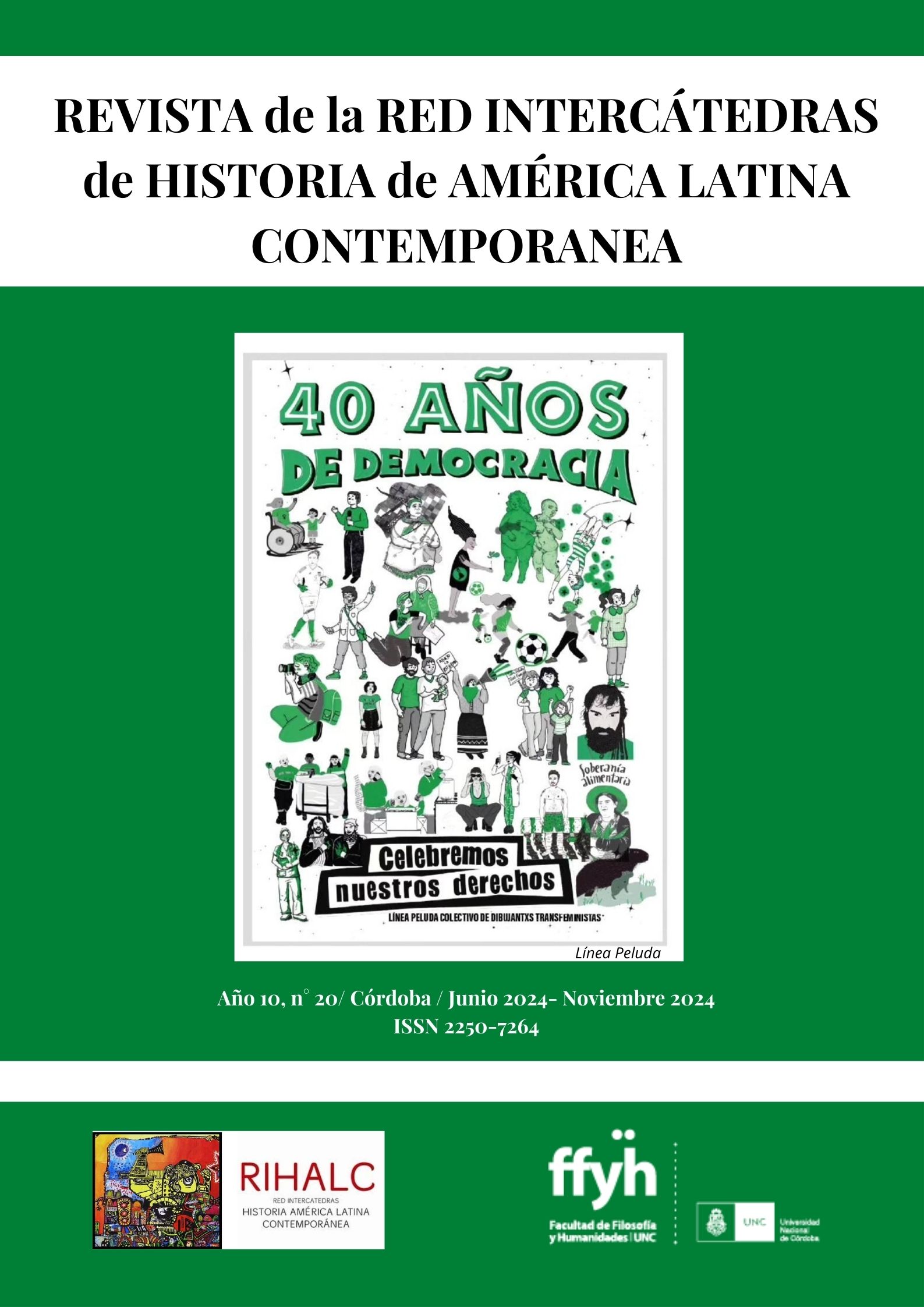The Lasallian association in Latin America: Background of the Seminar-Workshop of the Lasallian Family of RELAL (1989)
Keywords:
Brothers of the Christian Schools, Lasallian Association, Teaching CongregationsAbstract
This article aims to reconstruct the strategies close to the time of the events of the Lasallian Family Seminar-Workshop in Conocoto in 1989 that were implemented in order to develop and strengthen the Lasallian association in the districts of the RELAL, emphasizing in its triple purpose: Formative, apostolic and government. For this, a documentary investigation was carried out in which a corpus of sources was used, among which the Bulletin of the Lasallian Latin American Region stands out, which was consulted in the Library of the Interdistrict Novitiate of Our Lady of Lourdes, in Lagos de Moreno, Jalisco (Mexico). Thus, as a result of the research work, the historical journey is presented that goes from the first associations of alumni of the De la Salle Brothers in France, to the creation of the concept of the Lasallian Family and the publication of the Letter to the Lasallian Family. In addition, the actors and recipients of these actions, the participating Lasallian institutions, the reflections made to achieve the objectives and the background are identified.
References
Belmonte, Angelo y Cranston, Neil (2009): “The Religious Dimension of Lay Leadership in Catholic Schools: Preserving Catholic Culture in an Era of Change”, Journal of catholic education, N° 3, Vol. 12, pp. 294-319.
Cavieres Figueroa, Eduardo (2017): “Descristianización y laicización: dos conceptos en una misma historia”, Revista Studium Veritatis, N° 21, pp. 241-269.
Chapman, Anne y O'Donoghue, Tom (2007): “The recruitment of religious as teachers: a case study from 1960s Australia”, Cambridge Journal of Education, N° 4, Vol. 37, pp. 561-577.
Iglesia católica (2015): Vaticano II Documentos conciliares, Ediciones Paulinas, México D. F.
Martínez Villegas, Austreberto (2018): “La historiografía conservadora mexicana y su caracterización de la masonería durante la segunda mitad del siglo XX”, en Yves Bernardo Roger Solis Nicot (coord.), Sociedades secretas clericales y no clericales en México en el siglo XX, Universidad Iberoamericana, Ciudad de México, pp. 261-288.
Monroy García, Juan (2007): “La Iglesia católica y su participación política en Nicaragua (1960-1979)”, Contribuciones desde Coatepec, N° 12, pp. 85-105.
Tahar Chaouch, Malik (2007): “La teología de la liberación en América Latina: una relectura sociológica”, Revista mexicana de sociología, N° 3, Vol. 69, pp. 427-456.
Teinturier, Sara (2009): “La traversée d’un siècle: la Fédération des Amicales des anciens élèves de l’enseignement catholique. Jalons pour une histoire”, [En línea], pp. 1-13. Consultado el 2 de noviembre 2023. Disponible en: https://shs.hal.science/halshs-00467575
Teinturier, Sara (2013): L'enseignement privé dans l'entre-deux-guerres. Socio-histoire d'une mobilisation catholique. Tesis de doctorado. Institut du Droit public et de la Science politique, Faculté de Droit et Science Politique, Université de Rennes 1, Rennes.
Vanderstraeten, Raf (2014): “Religious activism in a secular world: the rise and fall of the teaching congregations of the Catholic Church”, Paedagogica Historica, N° 4, Vol. 50, pp. 494-513.
Downloads
Published
Issue
Section
License

This work is licensed under a Creative Commons Attribution-NonCommercial-NoDerivatives 4.0 International License.
Aquellos autores/as que tengan publicaciones con esta revista, aceptan los términos siguientes:
- Los autores/as conservarán sus derechos de autor y garantizarán a la revista el derecho de primera publicación de su obra, el cuál estará simultáneamente sujeto a la Licencia de reconocimiento de Creative Commons que permite la libre distribución con mención de su(s) creadores, no permite el uso comercial ni las obras derivadas. Los autores, al enviar el artículo, acuerdan publicarlo bajo esta licencia..
- Los autores/as podrán adoptar otros acuerdos de licencia no exclusiva de distribución de la versión de la obra publicada (p. ej.: depositarla en un archivo telemático institucional o publicarla en un volumen monográfico) siempre que se indique la publicación inicial en esta revista.
- Se permite y recomienda a los autores/as difundir su obra a través de Internet (p. ej.: en archivos telemáticos institucionales o en su página web) después del proceso de publicación.



